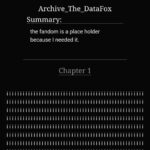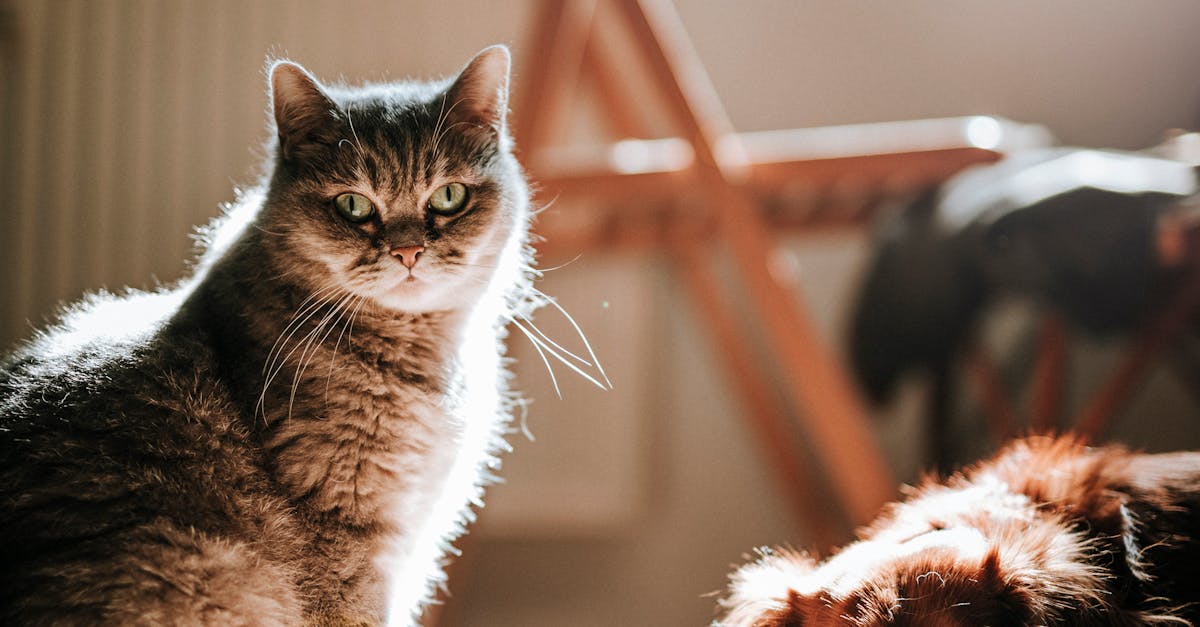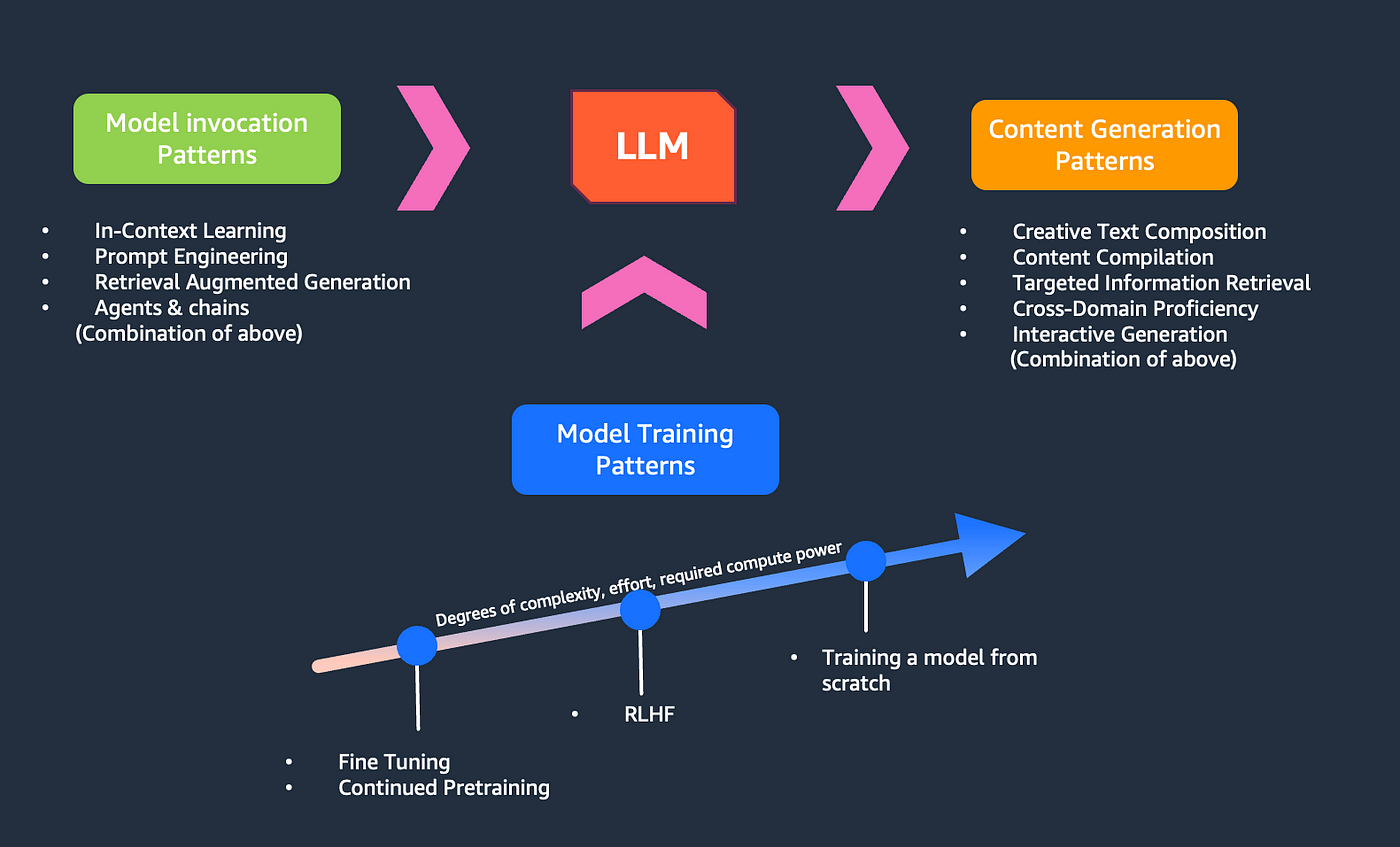Finding Harmony in a Multi-Pet Household
Picture this: You walk into your kitchen, and there’s a bustling scene of furry friends eagerly awaiting their meals. If you’ve ever had more than one pet, you can probably relate to the chaos that feeding time can bring. From my point of view, managing meal times in a multi-pet home is both an art and a science. It’s safe to say that feeding multiple pets can be quite a challenge, but with the right solutions, it can also be a joyful experience. Let me tell you about some of the top feeding solutions that have worked wonders in my own life.
Understanding the Unique Needs of Each Pet
The Importance of Individual Diets
When it comes to feeding multiple pets, one size doesn’t fit all. Each pet has its own unique dietary needs, and it’s crucial to cater to these to ensure their health and happiness. For instance, my cat, Whiskers, has a sensitive stomach and requires a special diet, while my dog, Max, is on a high-protein diet to support his active lifestyle. I’ve learned that understanding these individual needs is the first step toward a harmonious feeding routine.
The Role of Age, Size, and Breed
It’s interesting how factors like age, size, and breed play a significant role in determining the right diet for each pet. Studies show that kittens and puppies need different nutrients compared to adult cats and dogs. Similarly, large breeds have different dietary requirements than smaller breeds. I’ve often thought about how important it is to consider these factors when planning meals for my pets.
Allergies and Sensitivities
From what I’ve seen, food allergies and sensitivities are more common in pets than we might think. My experience with Whiskers’ sensitive stomach taught me to be vigilant about the ingredients in his food. It’s clear that identifying and addressing these issues can prevent a lot of discomfort for our furry friends.
Setting Up Feeding Stations
Creating Separate Feeding Areas
Here’s a funny thing: I used to think that feeding all my pets in one area would be convenient. Boy, was I wrong! It hit me that separate feeding stations are essential to avoid food aggression and ensure that each pet gets its fair share. In my opinion, setting up designated feeding areas can make a world of difference.
Using Feeding Mats and Bowls
I’ve been meaning to mention how feeding mats and bowls can help keep things tidy. Personally, I’ve found that using non-slip mats and sturdy bowls prevents spills and messes. You might find this helpful if you’ve ever dealt with the aftermath of an enthusiastic eater!
Elevating Feeding Stations
Ever wonder why some pets prefer elevated feeding stations? I was struck by the difference it made for Max. Elevated bowls can improve posture and digestion, especially for larger dogs. It’s worth mentioning that this simple adjustment can lead to a more comfortable feeding experience for your pets.
Managing Mealtime Behaviour
Preventing Food Aggression
If you’ve ever witnessed food aggression among your pets, you know how stressful it can be. I’ve been there, and it’s no fun. The thing is, preventing food aggression is all about establishing boundaries and routines. Feeding pets in separate areas and at the same time every day can create a sense of security and reduce tension.
Encouraging Slow Eating
The other day, I noticed that Max tends to gulp down his food, which isn’t great for his digestion. I guess you could say that encouraging slow eating is essential for some pets. Slow feeder bowls and puzzle feeders can be a game-changer. They not only slow down the eating process but also provide mental stimulation.
Training and Positive Reinforcement
In my opinion, training and positive reinforcement go a long way in managing mealtime behaviour. Rewarding good behaviour and being consistent with feeding routines can help your pets understand what’s expected of them. It’s safe to say that a little training can lead to a more peaceful mealtime.
Exploring Automatic Feeders
The Convenience of Timed Feeders
Let’s dive into the world of automatic feeders. From my point of view, these devices are a blessing for busy pet owners. Timed feeders ensure that your pets get their meals on schedule, even when you’re not around. I’ve always thought that this convenience is unmatched, especially if you have a hectic lifestyle.
Portion Control and Weight Management
It’s interesting that automatic feeders can also help with portion control and weight management. My experience with Max, who tends to overeat, taught me the importance of controlling portion sizes. Automatic feeders can dispense the exact amount of food, preventing overfeeding and helping maintain a healthy weight.
Smart Feeders and Technology
Here’s a thought: Technology has made its way into pet care in fascinating ways. Smart feeders that connect to your smartphone allow you to monitor and adjust feeding times and portions remotely. I’ve been meaning to try one of these, as I see it offering a great deal of flexibility and peace of mind.
Choosing the Right Food
High-Quality Ingredients
Now that I think about it, the quality of the food you choose is paramount. High-quality ingredients ensure that your pets get the nutrients they need. I couldn’t help but notice the difference in my pets’ energy levels and coat health when I switched to a premium brand. It’s no surprise that investing in good food pays off in the long run.
Wet vs. Dry Food
If you ask me, the debate between wet and dry food is ongoing. Each has its pros and cons. Wet food is great for hydration and can be more palatable, while dry food is convenient and helps with dental health. Personally, I’ve found that a mix of both works best for my pets. It’s worth experimenting to see what suits your pets’ preferences and needs.
Special Dietary Requirements
The other day, I was just thinking about how special dietary requirements can complicate things. For instance, Whiskers’ sensitive stomach means I have to be extra careful with his food. It’s interesting that there are so many specialised options available, from grain-free to hypoallergenic diets. If you’ve ever faced similar challenges, you might relate to this.
The Benefits of Routine
Establishing Consistent Mealtimes
From my point of view, consistency is key when it comes to feeding routines. Establishing regular mealtimes helps regulate your pets’ digestion and behaviour. I’ve noticed that my pets are calmer and more predictable when they know what to expect. It goes to show that a little routine can go a long way.
Monitoring Health and Behaviour
In my experience, consistent feeding routines also make it easier to monitor your pets’ health and behaviour. Any changes in appetite or eating habits can be early indicators of health issues. It’s safe to say that keeping an eye on these patterns can help you catch potential problems early.
Strengthening the Bond
What’s fascinating is how feeding routines can strengthen the bond between you and your pets. The act of feeding is a form of care and love, and your pets recognise that. Personally, I’ve found that these moments create a deeper connection and trust.
Making Mealtime Fun
Interactive Feeders and Toys
Here’s a story: I once bought an interactive feeder for Max, and it transformed mealtime into playtime. Interactive feeders and toys can make eating more engaging and enjoyable for your pets. It’s interesting how these simple tools can provide mental stimulation and prevent boredom.
Rotating Food Options
I’ve often thought about how variety is the spice of life, even for pets. Rotating food options can keep things exciting and prevent picky eating. Just like us, pets can get bored with the same food every day. Introducing new flavours and textures can make mealtime something they look forward to.
Homemade Treats
Let me tell you, making homemade treats for your pets can be a rewarding experience. Not only do you have control over the ingredients, but it’s also a fun activity to do together. I’ve learned that simple recipes using pet-safe ingredients can be a hit. If you’ve ever tried this, you can probably relate to the joy it brings.
Conclusion: Creating a Happy Feeding Environment
To put it simply, feeding multiple pets doesn’t have to be a daunting task. With a little planning and the right solutions, it can be a smooth and enjoyable experience for both you and your furry friends. Personally, I’ve found that understanding each pet’s needs, setting up separate feeding stations, and using tools like automatic feeders can make a significant difference.
In my opinion, the key is to stay flexible and observant. What works for one pet might not work for another, and that’s okay. The goal is to create a happy and healthy feeding environment where all your pets can thrive.
Now you know some of the top feeding solutions for multi-pet homes. Whether you’re dealing with food sensitivities, managing mealtime behaviour, or exploring new feeding technologies, there’s a solution out there for you. I hope you find these tips helpful and that they bring more joy and harmony to your multi-pet household. Happy feeding! 🐾











